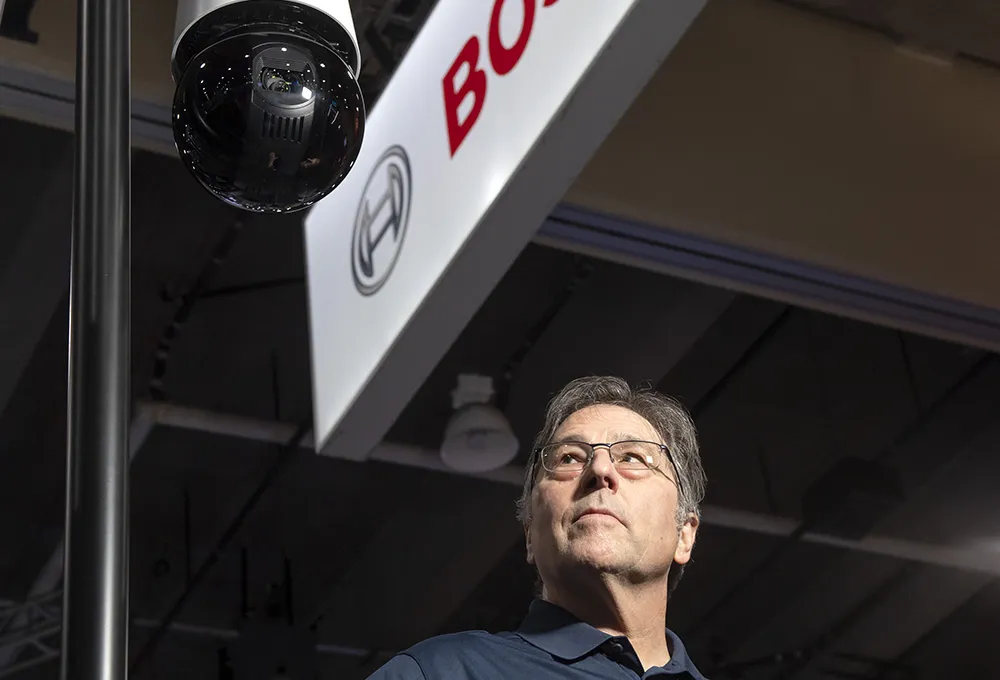Jenoptik’s traffic solutions division is to supply more than 100 enforcement systems for new traffic monitoring programs in Poland. The company’s partner in the country, Lifor, has received orders for speed and red light enforcement systems from both the central Polish transport agency GITD and Warsaw police. Jenoptik will provide GITD with around 100 MultaRadar SD580 fixed speed enforcement systems, to be integrated with a new national traffic monitoring network. The MultaRadar SD580 uses the latest radar
March 5, 2013
Read time: 2 mins
Jenoptik will provide GITD with around 100 MultaRadar SD580 fixed speed enforcement systems, to be integrated with a new national traffic monitoring network.
The MultaRadar SD580 uses the latest radar technology and
Jenoptik will also supply Warsaw police with around twenty MultaRadar 580 fixed speed enforcement systems, together with a quantity of TraffiStar SR520 fixed systems, which capture both red light and speeding violations simultaneously.
Using induction loops, the TraffiStar SR520 accurately identifies motorcycles, cars and trucks for speed and red light enforcement. Jenoptik says the system can simultaneously monitor up to four lanes and deliver precise measurement results. The integrated digital Robot SmartCamera detects violations and can automatically take a second picture for evidence purposes.
“We are delighted, together with our partner Lifor, to be able to offer our neighbouring nation the right solutions with these orders,” says Heinz Marburger, head of international sales, Jenoptik traffic solutions division.










